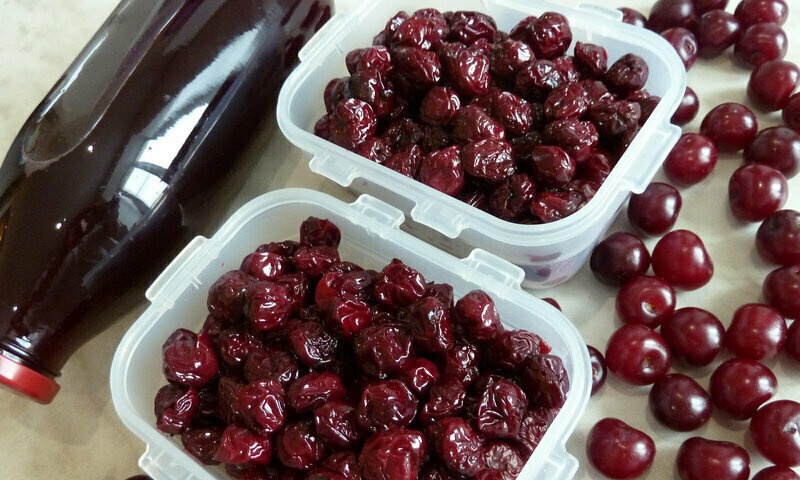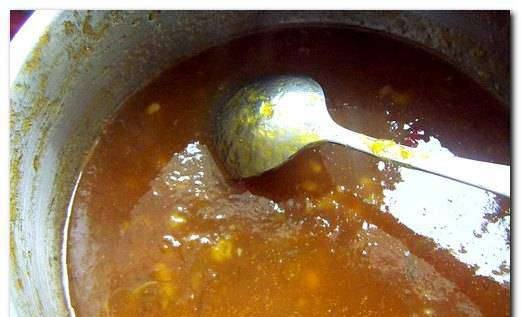Maria, many questions, I will answer briefly in order, although not a guru, I had only one yogurt maker in use and only one of my thermostats and starter cultures I made 5-6 different pieces, and even those from our Ukrainian market. You have others there, probably. But still:
It is advisable to take a yoghurt maker without a timer, electronics, automation and other crap. On and off button only. The cheaper the better. But even here, I would advise you to take not with plastic cups but with glass ones. Power 15-20, it is basically that. Arietta is like 12, but if the room is cold, she may not be warm. And in general, it is rectangular, but it is better not to take such, the heat distribution is worse, and you can shove a saucepan into a round one. If there is no yogurt bowl in the kit, then it doesn't matter. Any suitable salad bowl is round or, like me, I put in a glass saucepan. I even put the dough several times in a yogurt maker in a round dough basket. How long the cups should be immersed in the yogurt maker, I don't know. Strong or not, I have not tested how important it is. I have one of my yogurt makers and the jars are immersed in it a little less than half their height.
By the way, I have a Klatronic yogurt maker (aka Bomann), see the exact name under my profile picture (press the word TECHNOLOGY). So, an additional set of jars (6 pieces) is also sold separately for it. In addition to the 7 that comes with the yogurt maker. And extra jars are always needed. For example, you don’t have to wait until the last one is free to make yoghurt, or maybe some other sourdough. And suddenly some one crashed, so not bad. True, I once searched the Internet in Russia. So, I did not find these jars there at all, although I met a yogurt maker on sale. But that was a year ago, somewhere, maybe now there is.
Even when choosing a yogurt maker, pay attention to the volume of the jars and the total amount of yogurt that can be prepared at one time. There is 1 liter, there is 1.5 liters at a time and more. Maybe you don't need so much. And the volume of the jars is important. Convenient when I took the jar and ate it. My 160 ml jar includes. And there are yogurt makers - 250 ml cups or jars. It would be a bit too much for me at one time. By the way, according to the link that you gave to the Maxwell yogurt maker, there are only 5 jars of 150 ml. This is probably not enough, you will often have to do it. There is another Maxwell, this one, there are 7 jars in it, this one can be taken
🔗I do not quite understand on your question what it means: containers should be at the same level. They all have one. And I would not even take a yoghurt maker, where the cups are inserted into such deep wells. How to cram a thermoregulatory sensor into them, I can't imagine. And yet, in some yogurt makers, water is poured between the cans during preparation (like some Tefal, but I won't say for sure). This one is also not needed, there is also a thermostat sensor, perhaps it will be, it is not necessary to wet it.
I will not tell you about thermostats, I have one, this one
🔗By the way, they sent them to Russia too, I don't know how now. But you can look at others as well. Adjustment step so that it has not 1 degree, but 0.1 degree. And so that the wiring, preferably on which the sensor is flat, so that it is in cross section (that is, not the wire on which the plug is in the socket, but the wires with the sensor), then it freely crawls under the cover of the yogurt maker. I took mine for a long time, and then there were only round wiring, so I had to drill a hole in the case in a new yogurt maker in order to place this sensor inside. Nothing complicated, but if anything, then the yogurt maker would not be subject to repair under warranty. By the way, you may not take the thermostat for now. Maybe you're lucky and the yogurt maker won't overheat, especially since it's not summer right now, there is no heat. Even if it overheats a little, it doesn't matter, put a cardboard or a silicone mat on the bottom or buckwheat-cereal, as they did here, pour it on the bottom, and a cardboard on it, the temperature will be adjusted as needed.
You can make yogurt in a multicooker, but only if there is a Yogurt program or a Manual mode, or in some it is called a Multi-cook, where you can set the temperature to 40 degrees (and in some there is even 30 degrees, which is suitable for kefir, for example). And in other multicooker there is no 40 degrees, so you can't do in these.
It is not necessary to dilute the starter culture in 2 liters of milk. In a yogurt maker, probably 1 liter will only go in, but where to put the rest of the liter? And it is made from powdered leaven for 6-8 hours, or even more, depending on what kind of leaven. What will the second liter do all this time and in what then ferment it if the jars are occupied by the first liter? I usually just divide the starter. If the sachet is designed for 2-3 liters of milk, then I sprinkle half of the powder, take it away, and make yogurt in 1 liter, and close the rest of the sachet of starter culture well, and put it in the refrigerator (and some, but not all, you can put it in the freezer) ...
Then they made yogurt, it is necessary that it cool down, at least 2-3 hours in the refrigerator, or even overnight. Only then can you eat. And then in uncooled bacteria are still too active, this is not very much for the body. Next time you can take a little yogurt prepared before for fermentation. I usually get 6 jars of almost full and 1 half full from a liter of milk.So I send it to the refrigerator, where it is colder (but not to the freezer) and then I use these half-jars completely in the next leaven. Just don't throw this curd into the warmed milk right away, as I did the first time, it then broke into pieces and did not want to dissolve. And you just need to pour a little milk into these half jars of yogurt, stir, and only then pour it all into the heated to the temperature required for the prepared sourdough. Usually it is 36-38 degrees. Therefore, you also need to have a thermometer (called for conservation). You can re-acidify several times, but usually I trust my taste. If I hear that the taste is spoiling, becoming sour, then I start a new leaven. But if you give to little children, then once or twice, and it will be enough to re-ferment. And there are leavens that do not need to be over-leavened at all. These are those whose names begin with BI. Bifidum, bifivit, bifylact, bifidumbacterin and others .. They consist mainly of bifidobacteria, which are not over-fermented. But very, very useful. By the way, the Yogurt starter can be made and consumed constantly, and the rest must be changed. You make a month one type (do not over-ferment a month, but simply ferment one type of starter), then switch to another type so that the body does not get used to one composition of bacteria. But all this must be learned about a specific leaven, what and how to do with it. Some starter cultures are positioned as the first complementary foods for babies, you also need to find out from how many months you can give. Well, for a baby it is better not to re-ferment repeatedly. Usually the mother's starter culture is made (this is the name of the first yogurt from the powder, when you diluted the powder in milk and prepared yogurt. This is what is called the mother's starter culture.) It is then used for the next preparation 1 time (if for babies), and maybe this times are not allowed, but only the motherboard is given to the baby. You should find out this from a specialist better than me. On our forum there is a branch "Ask an expert", that's where they will definitely answer. Yes, I haven’t had such a long post yet. I hope that you are more or less clear now. I wish you a good yogurt maker and delicious yoghurts!








